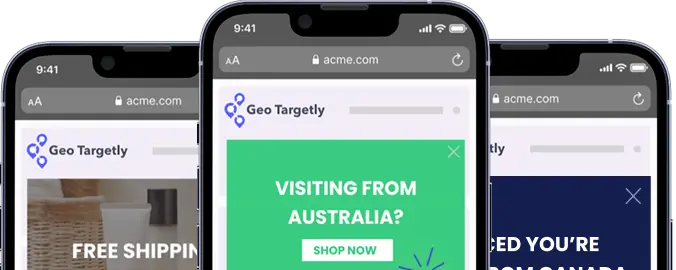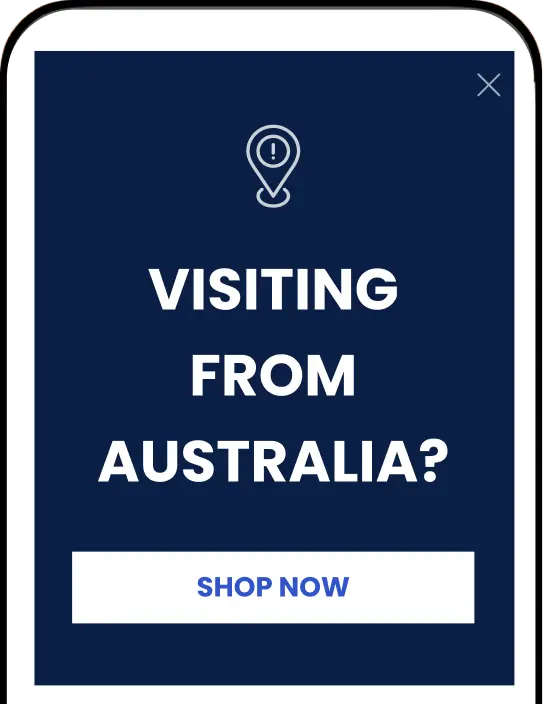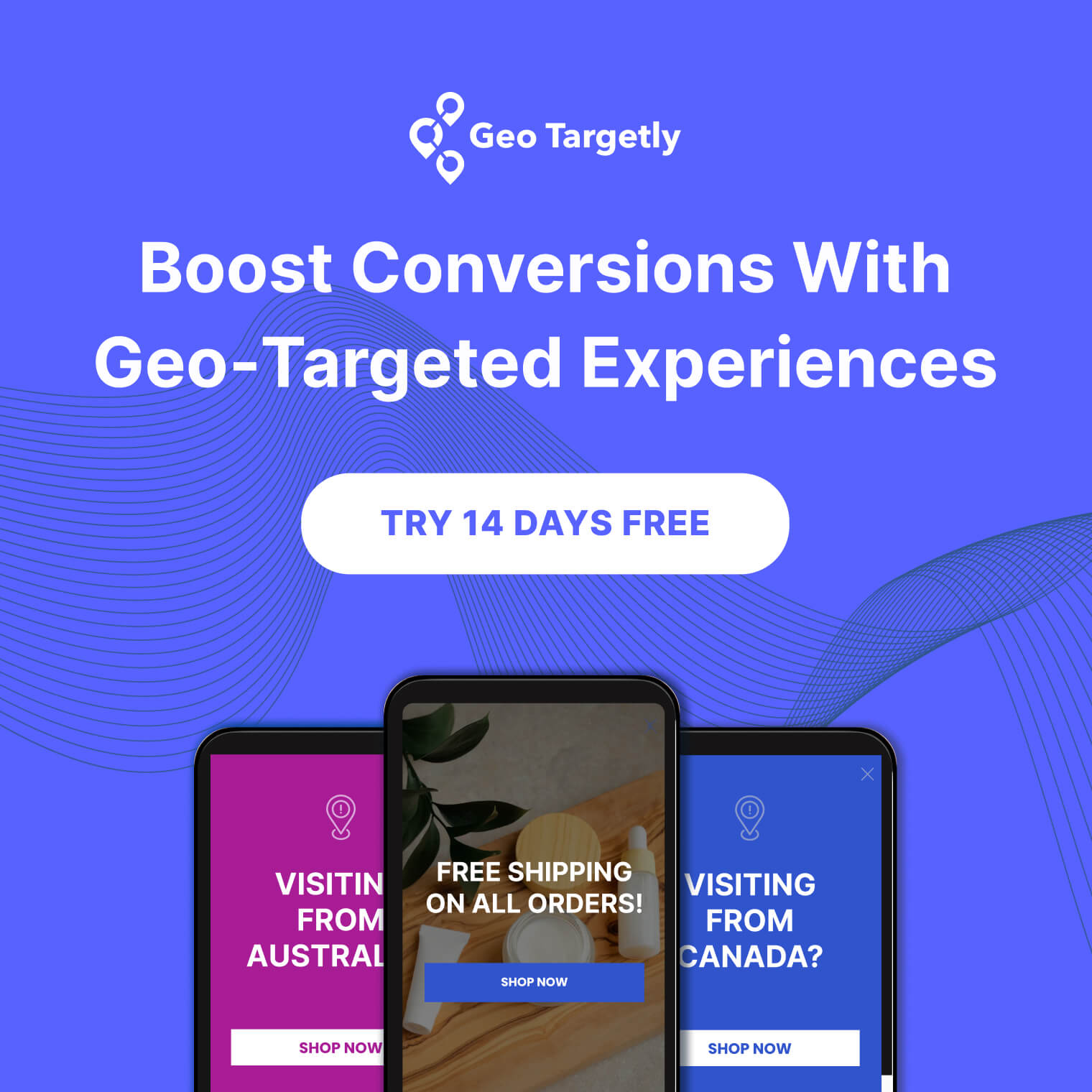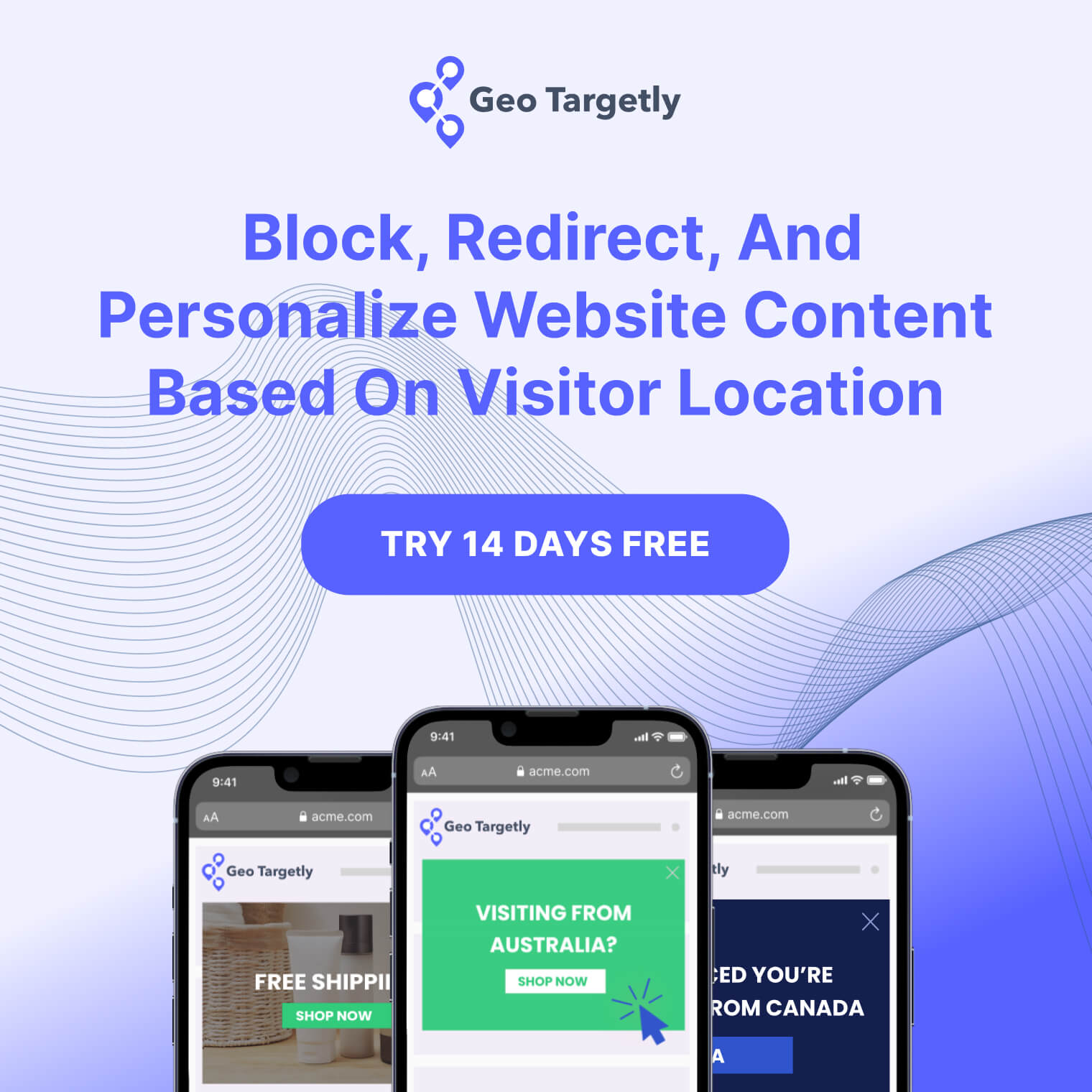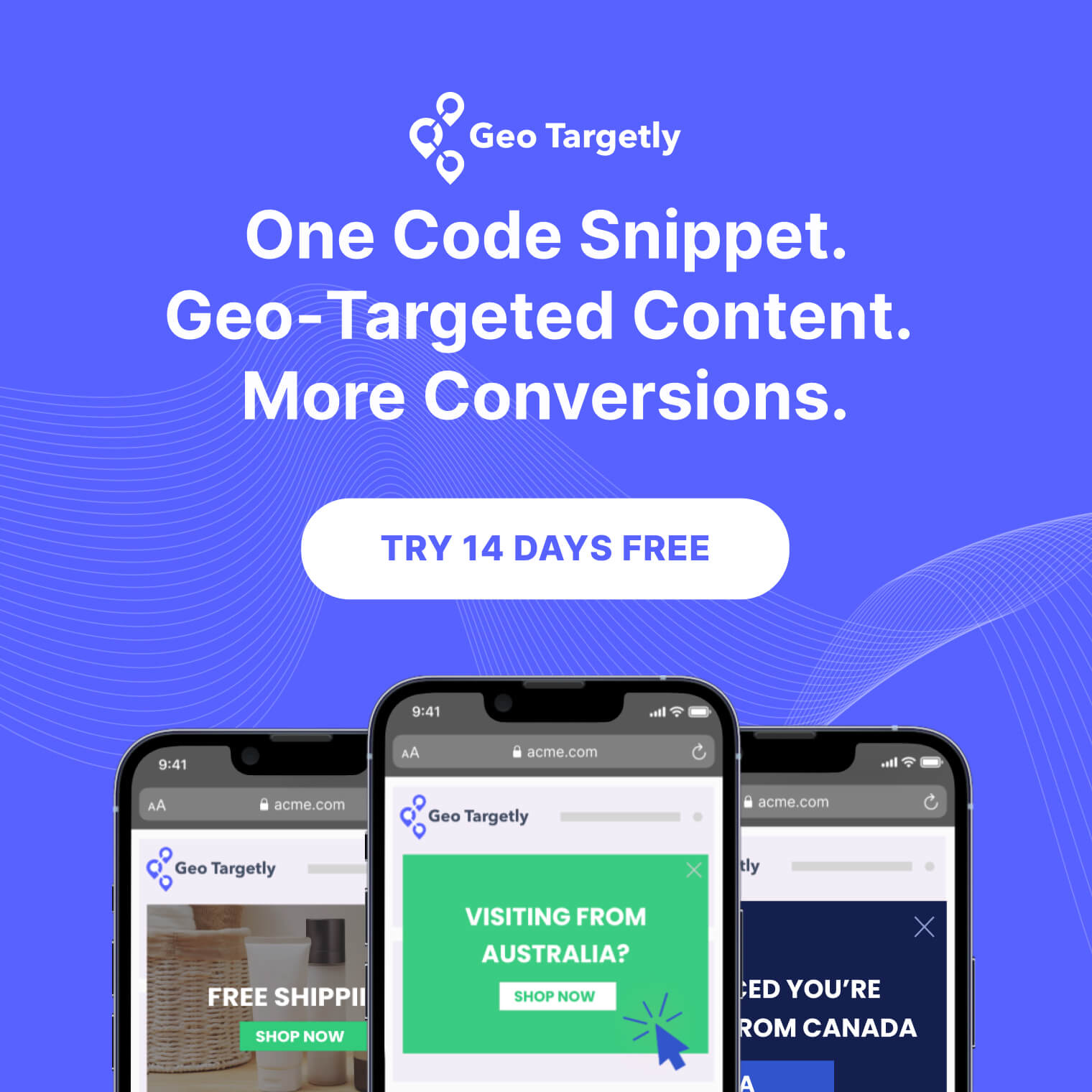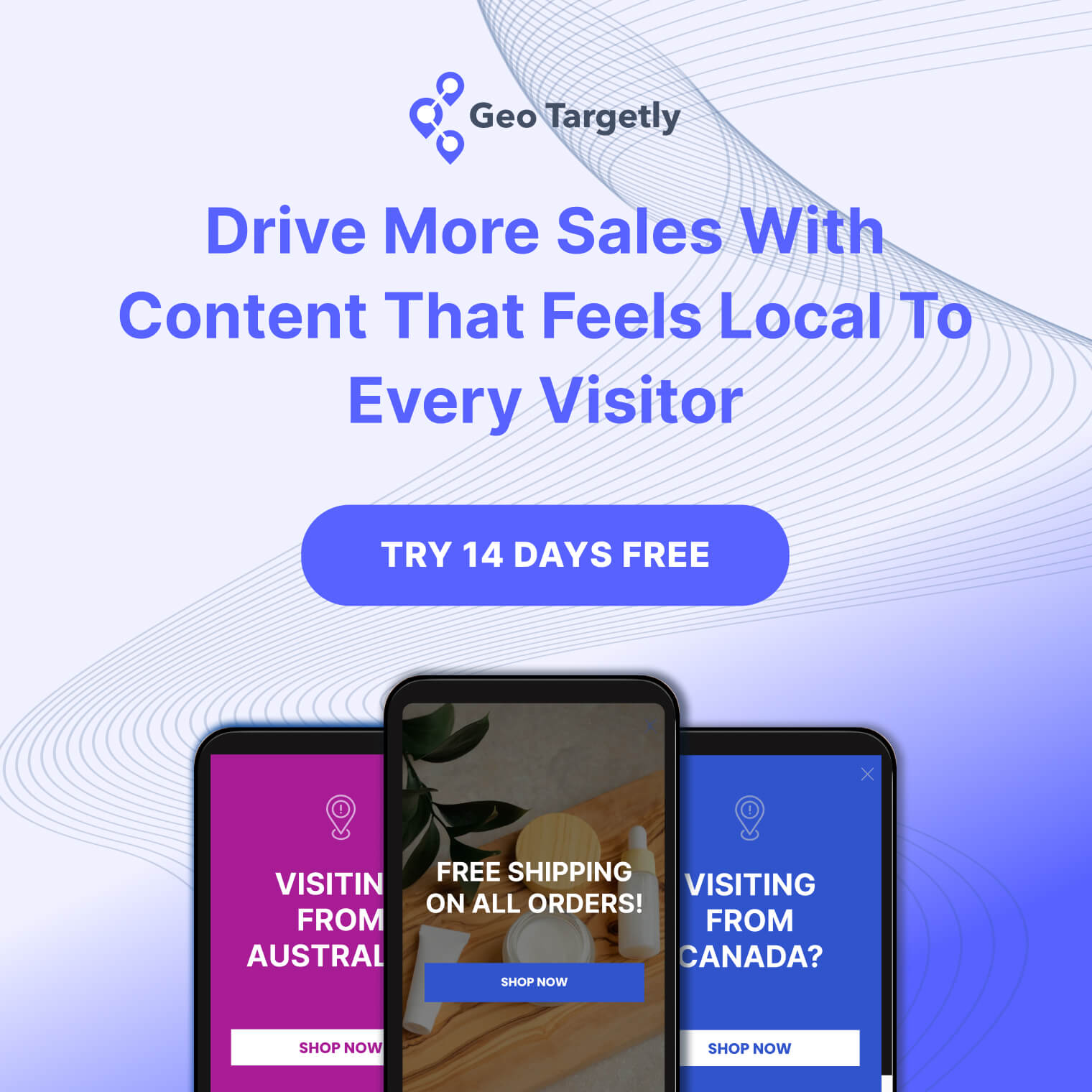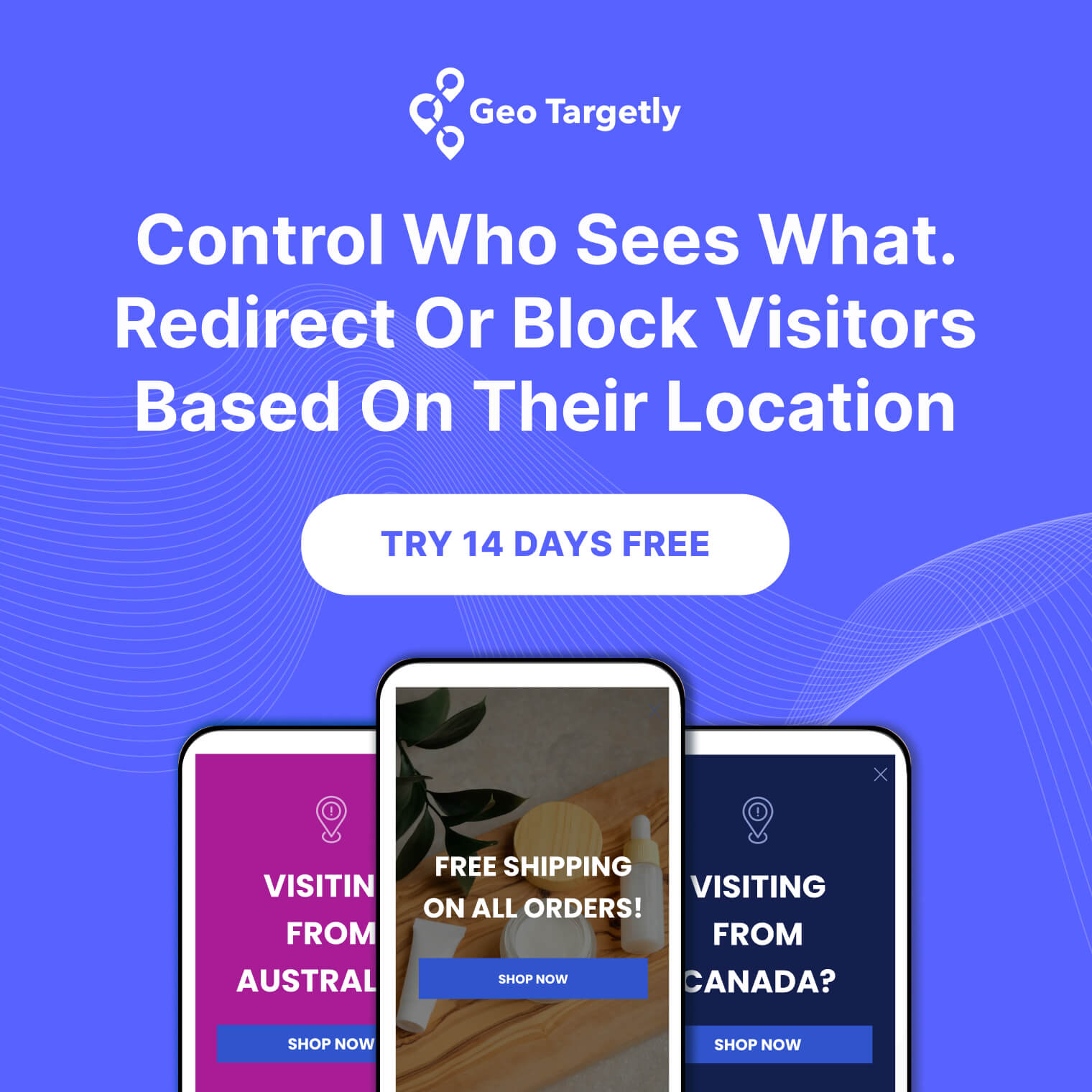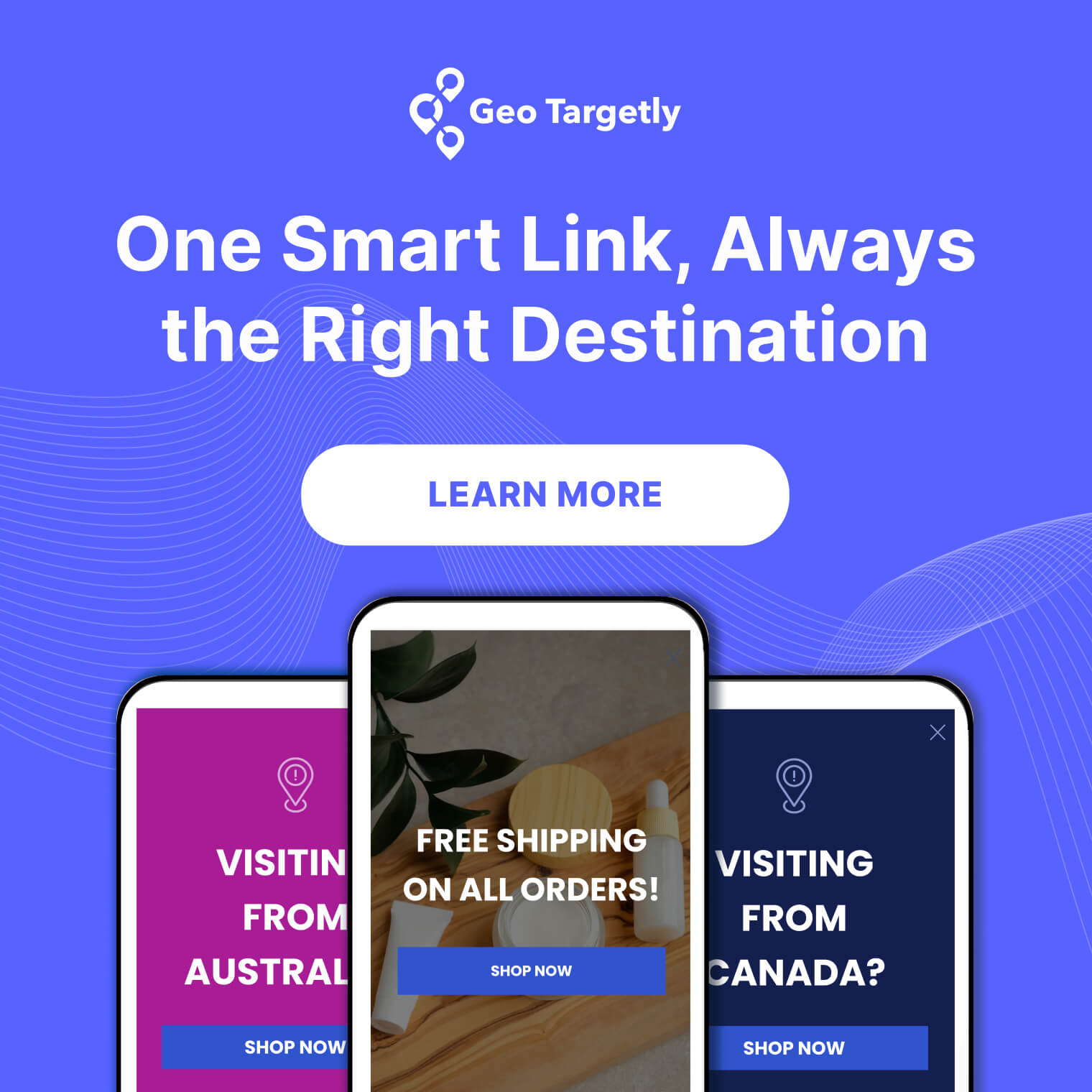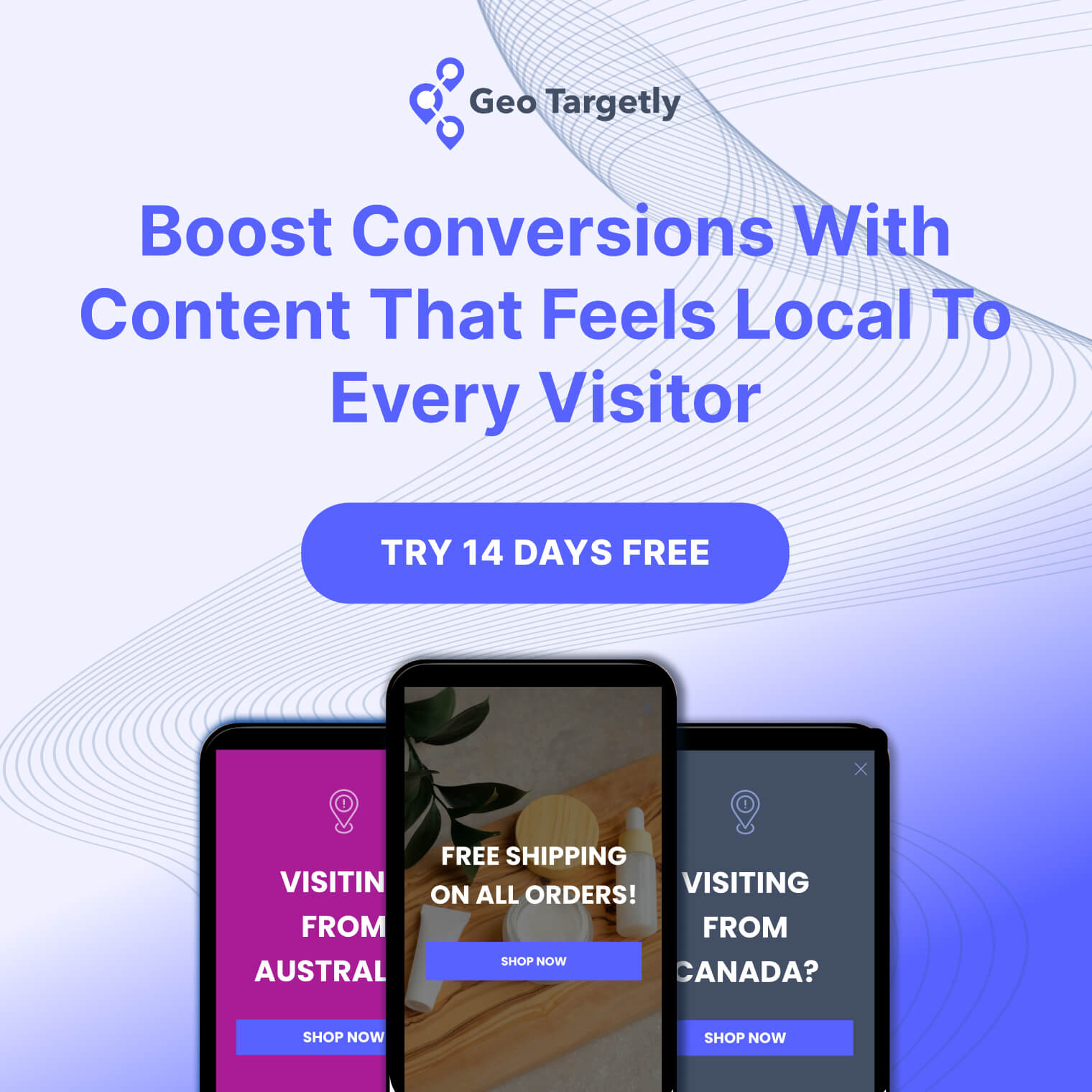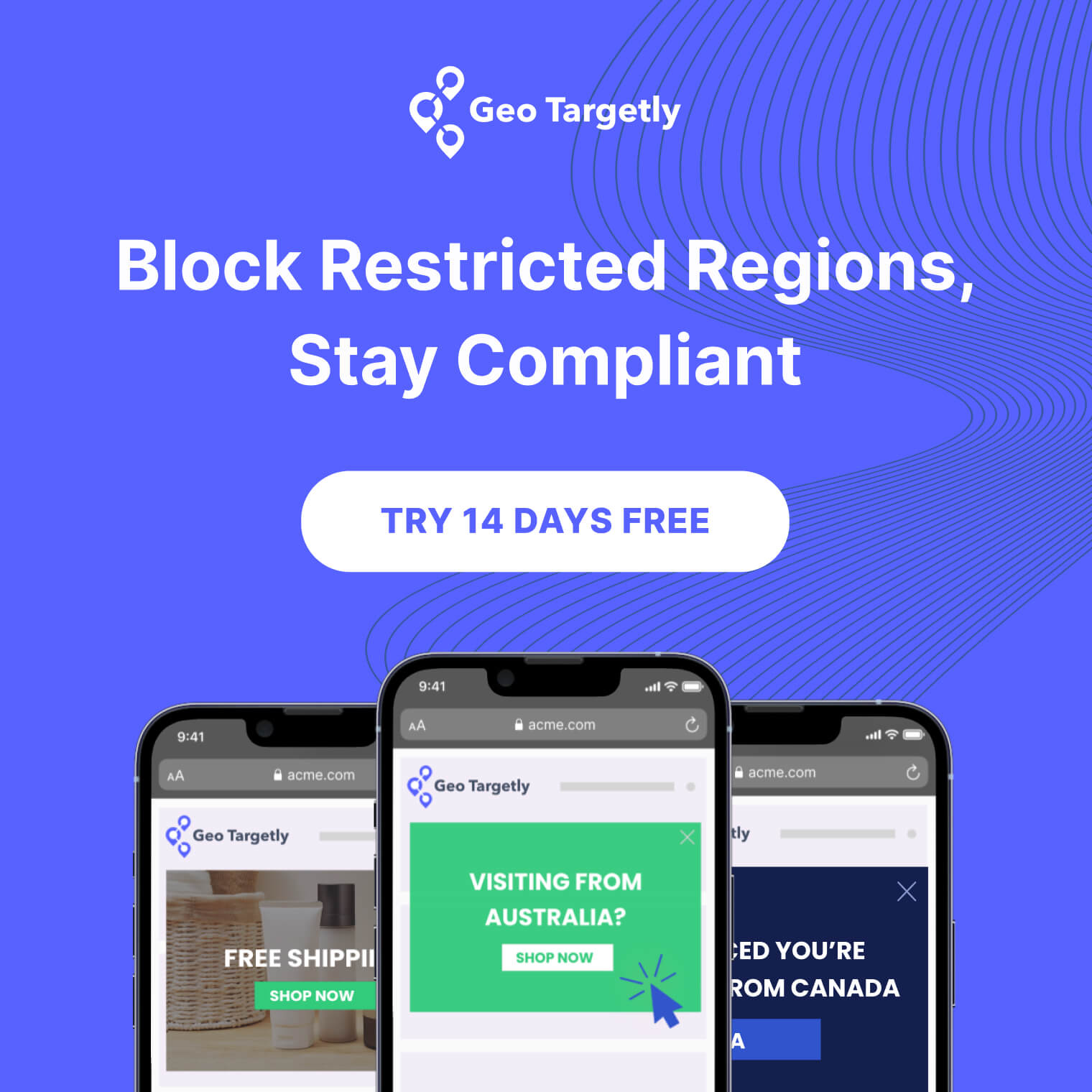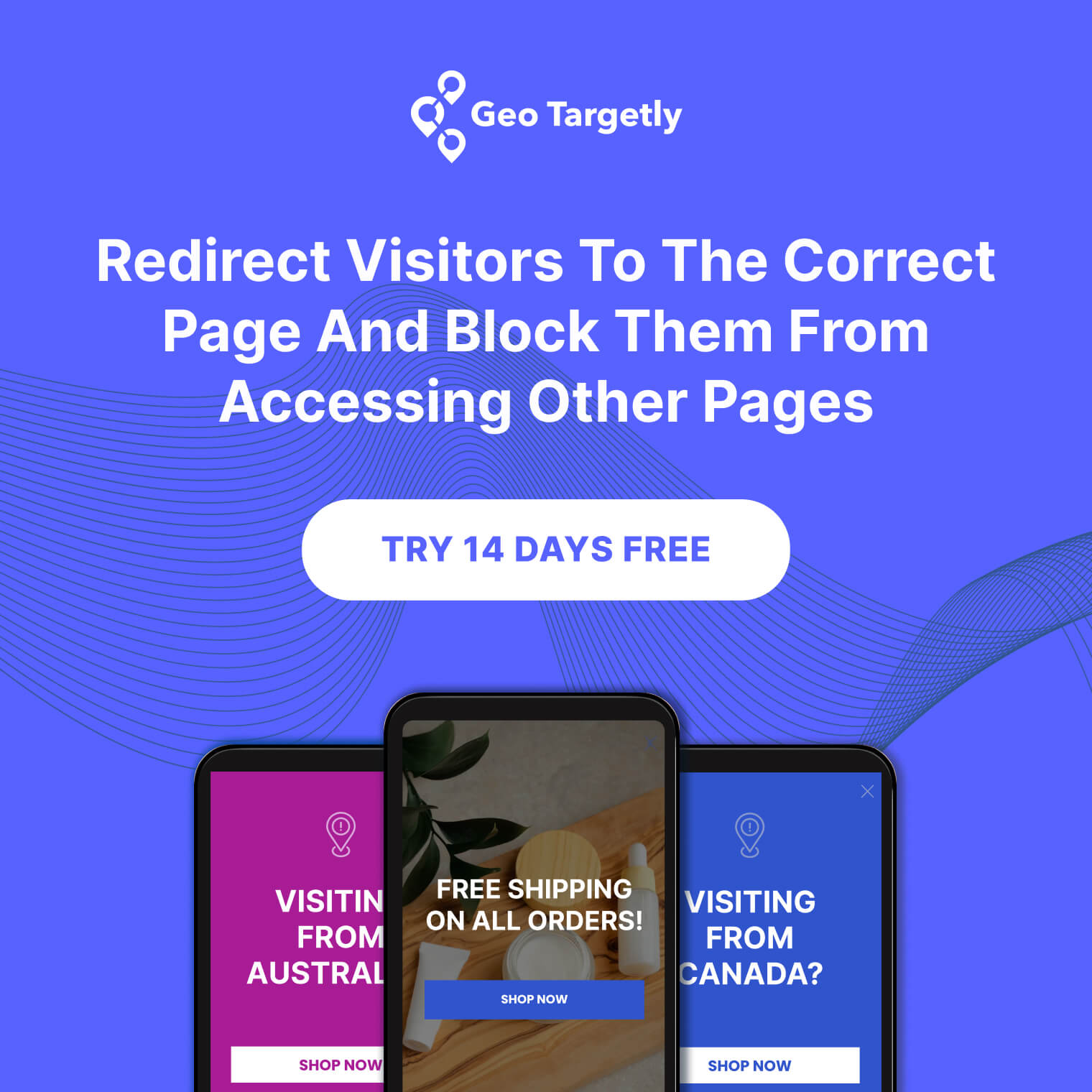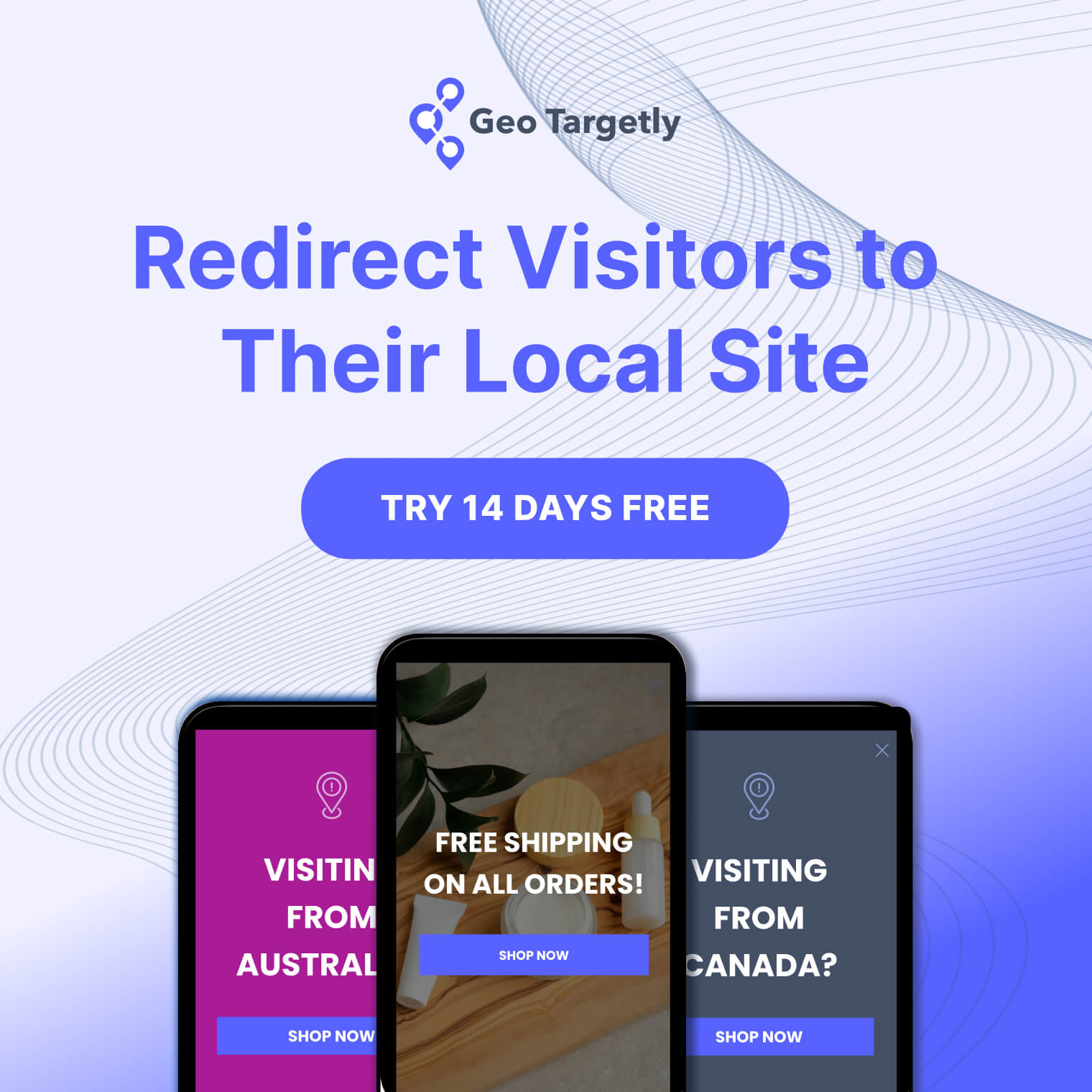

Key takeaways:
- Black Friday now spans October to late November. Plan early and phase campaigns
- Localized experiences (currency, language, regional offers) drive higher conversions
- Mobile dominates with 57% of Cyber Week sales; AI personalization drives up to 35% of revenue
- Measure profit per SKU and retention, not just total sales. Aim to re-convert 15% of new buyers
- Keep and update your Black Friday pages year-round for SEO and post-event insights
Black Friday has outgrown its single-day roots. It’s now a month-long contest for attention, loyalty, and market share. For ecommerce teams, the rewards are massive, but so is the competition.
Winning brands aren’t relying on bigger discounts. They’re using data, personalization, and localization to deliver smarter shopping experiences. However, many are still taking a one-size-fits-all approach, serving the same message to every shopper. And that’s a costly mistake.
By the end of our guide you’ll learn how leading e-commerce brands plan, personalize, and localize every touchpoint, and discover how to transform the Black Friday rush into long-term growth and repeat customers.
Understanding the new Black Friday e-commerce landscape
Black Friday has now become what many call “Cyber Month.” Retailers start promotions in October to capture early shoppers, manage inventory, and spread advertising costs more efficiently.
Here’s how the modern shopping cycle typically unfolds:
- Build-up: Early deals and research-driven traffic in October.
- Craze: The two weeks leading up to and including Black Friday.
- Cyber 5: Thanksgiving through Cyber Monday, the highest sales window.
- Last call: Extended deals in early December targeting late shoppers.
Data-backed shift: Online vs. in-store (2019–2025)
To understand the shift in the Black Friday landscape, it's helpful to examine the driving data. E-commerce adoption accelerated after 2020 and continues to outpace in-store growth.

Post-2020 consumer behavior and ad costs
Consumer behavior has changed permanently since 2020. Shoppers research earlier, compare prices more actively, and expect relevant offers. Ad costs, meanwhile, continue to rise as competition intensifies.
The table below outlines the major shifts and what they mean for 2025 strategies:
Key performance benchmarks and trends for 2025
Black Friday 2025 will be defined by smarter spending, better retention, and operational efficiency. Conversion rates still matter, but profitability and experience matter more.
Conversion, AOV, and profit metrics
Below are key ecommerce metrics and how brands should approach them this year:
Mobile and social commerce
Mobile commerce now leads online retail performance, while social platforms increasingly drive discovery and conversions.
- Mobile dominance: Mobile accounted for 57% of all US Cyber Week online sales in 2024.
- Social commerce growth: 48% of Gen Z plan to shop directly on platforms like TikTok and Instagram in 2025.
AI-driven personalization and automation
AI now sits at the center of profitable e-commerce operations. It enables real-time personalization, smarter recommendations, and faster customer service.
The following trends highlight where AI is driving the most impact:
- Dynamic recommendations: Responsible for up to 35% of e-commerce revenue during BFCM.
- Customer support: 46% of shoppers rely on AI chat for order and product assistance.
- AI shopping assistants: 43% of Gen Z trust AI to make product selections.
- Personalized promotions: AI allows segmentation by loyalty, location, and profitability, improving CLTV.
Building your Black Friday e-commerce strategy
Veteran e-commerce teams approach the season using a three-phase framework: Preparation, Execution, and Retention. Each stage relies on coordination across teams and continuous data insight.
Set clear, profitable objectives
Before planning your campaigns, define what success means for your brand. Clarity here drives smarter decisions and better margins.
Focus on these three measurable goals:
- Profit-driven sales goals. Shift from chasing gross revenue to maximizing contribution profit per SKU. The goal could be to increase average order value (AOV) through bundled offers and strategic discounts. Or, focusing discounts on high-margin or overstocked items to maintain profitability.
- Qualified traffic. Quality traffic converts better than high volume. Target high-intent audiences such as existing loyal customers who already trust your brand and lookalike segments that mirror your best customers. Set a conversion improvement goal for retargeted campaigns (for example, +10%).
- Retention rate. Black Friday should also feed long-term growth. Track post-event customer retention. For instance, aim to convert 15% of first-time buyers into repeat customers within 45 days. This metric ensures that high acquisition costs during BFCM drive lasting value.
1. Preparation phase (2-3 months before Black Friday)
The preparation phase is the time to strengthen your site, build search visibility, and make your store feel local to every shopper. The goal here is to eliminate friction and establish systems that keep your site fast, visible, and trusted during traffic surges.
Here’s what to prioritize during this phase:
Optimize website performance earl
Your website must be fast, stable, and mobile-ready. Run stress tests to confirm it can handle 5-10x your normal traffic, then fine-tune checkout speed and usability, especially on mobile. A fast and smooth mobile experience often determines whether a visitor makes a purchase or leaves.
Build SEO authority before November
Organic visibility takes time, so start early. Publish your Black Friday landing pages by September or early October to give search engines time to index them. Keep URLs consistent each year to preserve link equity and appear when shoppers start researching deals.
Localize deals and currency display
Shoppers convert faster when pricing and promotions feel local. Plan regional deals and display prices in the shopper’s currency to remove hesitation and build trust. Even simple localization, such as showing local shipping timelines, can significantly lift conversions.
You can use Geo Targetly to help you automate this process. We have features that you can easily integrate into your business, such as:
- Geo Redirect: Sends shoppers to the correct local store (for example, redirects UK visitors to yourstore.co.uk/bfcm) so they immediately see relevant inventory and shipping options.
- Geo Currency: Automatically displays prices in each shopper’s local currency, eliminating conversion confusion that causes cart abandonment.
- Geo Content: Adjusts banners, CTAs, and promotions based on location, like “Early access in the UK” or “Free shipping in Canada”, to make every experience feel personal.
See how easy it is to control your site and market to global audiences with a free trial.
2. Execution phase (during Black Friday)
This is the high-traffic, high-pressure period when your site, ads, and operations need to work together flawlessly. Your goal here is to convert interest into sales while maintaining site stability and delivering a fast experience for every shopper.
Below are the executions you may take into account:
Strengthen conversion triggers
During Black Friday, shoppers move fast. They compare, decide, and buy within minutes.
Conversion optimization:
- Urgency messaging. Implement live countdown timers on product pages showing deal expiration. Use exit-intent pop-up (triggered when a user is about to leave the site) with a final incentive to reduce abandonment.
- Dynamic recommendations. Leverage AI to instantly shift product recommendations based on real-time inventory and a shopper's immediate browsing behavior, maximizing cart value.
Adapt in real time with data
What worked in the morning may not perform by afternoon. Monitor your analytics throughout the event. Swap out low-performing creatives, update inventory-based recommendations, and adjust ad spend toward top-performing channels. Small, data-led tweaks during peak hours can drive meaningful gains.
Enhance the shopping experience
Video and social commerce can now also drive sales during Black Friday. Integrate livestream shopping events or shoppable videos directly on your site and social channels. They blend engagement with instant buying opportunities, and capture impulse purchases more effectively than traditional ads.
Localize the experience with Geo Targetly
Peak traffic means global audiences, and localization becomes even more crucial here. That’s why tools like Geo Targetly keep every interaction relevant and localized in real time. Use these features to your advantage:
- Geo Popups: Deliver location-specific offers such as “Free next-day delivery for London customers.”
- Geo Bars: Display shipping deadlines or delivery information tailored to each region.
- Geo Content: Automatically update messages, CTAs, and promotions based on where the visitor is browsing from.
Are you ready to see how Geo Targetly can boost your Black Friday campaigns?
These small, automated adjustments make your store feel more personal and responsive. The key advantages are particularly relevant during periods when buyers are moving quickly and competition is intense.
3. Retention phase (after Black Friday and Cyber Monday)
Once the rush ends, the real work begins. This stage is about reconnecting, rewarding, and refining based on what you learned during the sale.
Here are the factors you should consider during this phase:
Reconnect through timely communication
- Reach out to every Black Friday buyer with a thank-you message and clear next steps.
- Send follow-up emails that feel personal and valuable, not promotional noise.
- Offer small re-engagement incentives, like a $10 credit for post-holiday shopping, to encourage another purchase once the sale frenzy fades.
- Include review requests to build credibility and social proof for future campaigns.
Identify and segment high-value customers
- Use post-event data to find which shoppers delivered the most value.
- Look for those with high order values, low return rates, or multiple items per purchase.
- Tag them for loyalty or VIP programs so your future campaigns focus on retention, not reacquisition. These segments will often drive most of your profit in Q1.
Strengthen retention and loyalty programs
Don’t let new customers fade into inactivity. Create follow-up email flows that reward repeat purchases, provide early access to upcoming drops, or offer exclusive loyalty points for returning customers in January. Personalized post-event campaigns feel thoughtful and extend the goodwill built during Black Friday.
SEO and content tactics for Black Friday campaigns
Organic search outperforms paid traffic by 2–3 times during Black Friday, with the added benefit of costing nothing per click. Building search visibility early helps you capture high-intent shoppers looking for deals and keeps traffic flowing long after the ads stop running.
Here’s how to strengthen your SEO strategy before the rush:
- Build dedicated Black Friday landing pages. Create evergreen URLs, such as/black-friday-deals, and publish them by September to allow Google to crawl and rank them early.
- Strengthen internal linking. Link from your top-performing pages or blogs to your Black Friday content using descriptive, keyword-rich anchor text.
- Use schema markup for rich results. Add product, offer, and FAQ schema so your deals and discounts appear directly in search results.
- Target long-tail keywords. Focus on specific phrases like “Black Friday laptop deals under $200” or “Black Friday fashion sales UK free delivery” to attract ready-to-buy shoppers.
- Optimize for voice and mobile search. Answer conversational queries like “What are the best Black Friday deals near me?” and make sure your site loads fast on mobile.
- Keep content fresh. Update your Black Friday pages yearly with new offers, current dates, and refreshed visuals to stay relevant.
- Improve technical SEO. To improve your site's performance, keep load times under three seconds, use a CDN, update your XML sitemap, and add canonical tags for duplicate pages.
- Build links from relevant sources. Earn backlinks from deal sites, influencers, and media outlets by promoting unique offers and collaborations.
Localization and personalization: The new e-commerce edge
Generic websites lose sales. Shoppers expect to see their currency, language, and relevant shipping options immediately. During Black Friday's fast-paced shopping, personalization is essential.
Why personalization increases black friday conversions
Personalization removes friction. When UK shoppers see prices in GBP and "Free UK delivery," they don't waste time calculating costs or wondering about shipping. That ease directly increases conversions.
The numbers back this up:
- Personalized product recommendations can boost conversion rates by 20-30%.
- Displaying local currency and shipping information can also reduce cart abandonment by up to 15%.
Personalization also builds trust. When content matches a shopper's location and preferences, it shows you understand their needs. This matters when competing against hundreds of Black Friday deals.
More ways Geo Targetly can help
Geo Targetly automatically detects visitor locations and customizes their experience.
- Tailor homepage banners by country. When a Canadian visits your site they’ll see "Black Friday Sale: Free Shipping Across Canada." Australian visitors see "Summer Black Friday: Express Delivery to Sydney & Melbourne." This relevance captures attention immediately.
- Use Geo Currency. Generic “Shop Now” buttons feel vague when prices aren’t local. With Geo Currency, visitors see prices in their currency throughout the journey (product to cart), so CTAs like “Shop Now In GBP” or “Jetzt In EUR Kaufen” feel clear and reduce hesitation at checkout.
- Direct EU traffic to GDPR-compliant pages. Automatically route European visitors to cookie consent pages and privacy notices. This keeps you compliant and builds trust with privacy-conscious shoppers.
Geo Targetly also enables geographic redirects to country-specific domains, localized pop-ups for regional deals, and customized product catalogs highlighting items popular in specific markets.
Other personalization methods
- AI product recommendations analyze browsing and purchase history to suggest relevant items. During Black Friday, prioritize discounted items from categories that have shown customer interest. Keep recommendations helpful, not intrusive.
- Segmented email flows enable you to tailor your messaging to different customer groups. Send first-time visitors welcome offers. Give loyal customers early Black Friday access. Send emails to each customer's timezone to ensure "24-Hour Flash Sale" messages arrive when they're awake.
- Dynamic pricing adjusts offers based on customer segment, location, or inventory. Show cart abandoners a modest discount to encourage them to complete their purchase. Automatically apply volume pricing for wholesale buyers. Adjust international pricing for local purchasing power and shipping costs.
Combine these methods for the best results. A returning German customer might see product recommendations based on their history, prices in euros, German copy, and a 9 AM Berlin-time email about cart items. Each element reinforces the others.
Managing logistics, fulfillment, and risk
Black Friday drives massive order spikes, so your operations need to stay steady, transparent, and well-communicated across regions.
Here’s how to manage logistics efficiently while keeping customer trust intact:
- Plan stock and shipping by geography. Forecast demand for each region based on last year’s data and upcoming promotions. Align with fulfillment partners to confirm shipping capacity and delivery timelines before the sale begins. This approach avoids stockouts in high-demand markets and prevents excess inventory in slower sales areas.
- Tighten fraud prevention measures. High-volume sales attract fraudulent transactions. Strengthen your payment verification process by using multi-layer fraud filters and manually reviewing large or suspicious orders. A proactive approach protects your profit margins and keeps customer data safe.
- Communicate delays clearly and locally. Be transparent when delivery times stretch. Localized messaging helps set accurate expectations and reduces frustration. Update order confirmation and shipping emails to reflect realistic timelines for each market.
- Use Geo Targetly for localized delivery updates. Tools like Geo Targetly help automate transparency across regions.
- Region-specific delivery timelines: Show localized details such as “Delivered in 3-5 days in Germany” or “Next-day delivery in the UK.”
- Geo Bars: Add real-time countdowns for each region’s last order window, reminding customers when to buy for guaranteed delivery.
Clear logistics planning and localized communication prevent chaos, thereby building reliability. When shoppers see accurate delivery info and timely updates, they trust your store and are far more likely to return after the Black Friday rush as well.
Post-event analysis and long-term gains
Black Friday’s value extends far beyond the sales weekend. The real advantage comes from what you learn afterward. Reviewing performance helps you identify what worked, what failed, and how to refine your strategy for future campaigns.
- Analyze campaign data. Review traffic sources, top-selling SKUs, and conversion lifts across regions and devices. Look at what channels delivered the highest ROI and which promotions attracted repeat buyers. These insights reveal where to focus next year’s budget.
- Apply learnings to future campaigns. Utilize high-performing assets, such as emails, creatives, or bundles, for upcoming events like Christmas or January sales. Adapting proven tactics saves time and improves consistency in messaging and results.
- Keep Black Friday pages evergreen. Maintain your Black Friday landing pages year-round instead of removing them. Refresh them with updated content, current-year offers, and relevant keywords. This builds SEO authority, helping you rank higher when deal searches start early next season.
Tools, tech, and automation stack
The right tech stack turns a complex Black Friday operation into a smooth, data-driven system. Every tool should work together to personalize experiences, track performance, and automate repetitive tasks. This allows your team to focus on strategy instead of manual work.
Provided below are some tools you can test for your automation:
- Personalization and CRO. Use platforms like Geo Targetly to deliver location-based experiences and Optimizely or VWO for A/B testing. Together, they help you tailor offers, CTAs, and layouts that match user intent and maximize conversions.
- Analytics and Tracking. Connect GA4 for cross-channel performance insights and Hotjar to visualize on-site behavior. These tools show where visitors drop off, which campaigns drive the most value, and how localization impacts engagement.
- Email and Automation. Pair Klaviyo with Geo Targetly and your e-commerce platform to send region-specific campaigns automatically. Automated flows triggered by location, behavior, or purchase data ensure every message feels timely and relevant.
- Inventory and Workflow Automation. Tools like Shopify Flow or Zapier syncgeo tstock levels, automate fulfillment updates, and trigger alerts when inventory runs low in specific regions. This prevents overselling and keeps operations aligned across markets.
Integrating Geo Targetly with your analytics and automation platforms ensures all your systems speak the same language, are data-driven, localized, and customer-first. The result is a tech stack that delivers personalized precision during the year’s most competitive shopping period.
Conclusion and next steps
The brands that succeed personalize every interaction, localize every offer, and build systems that adapt automatically as traffic surges.
Tools like Geo Targetly make this possible by helping your store recognize each visitor’s location and deliver the right experience instantly. By showing local currency and regional deals, and tailoring banners and delivery timelines, these small adjustments drive higher trust and stronger conversions.
Set up your localization tools early, test integrations, and ensure your systems are ready before the Black Friday rush begins. When your store feels local to every shopper, you don’t just compete, you lead.
Integrate Geo Targetly to your e-commerce website today and start localizing your shoppers' experience.

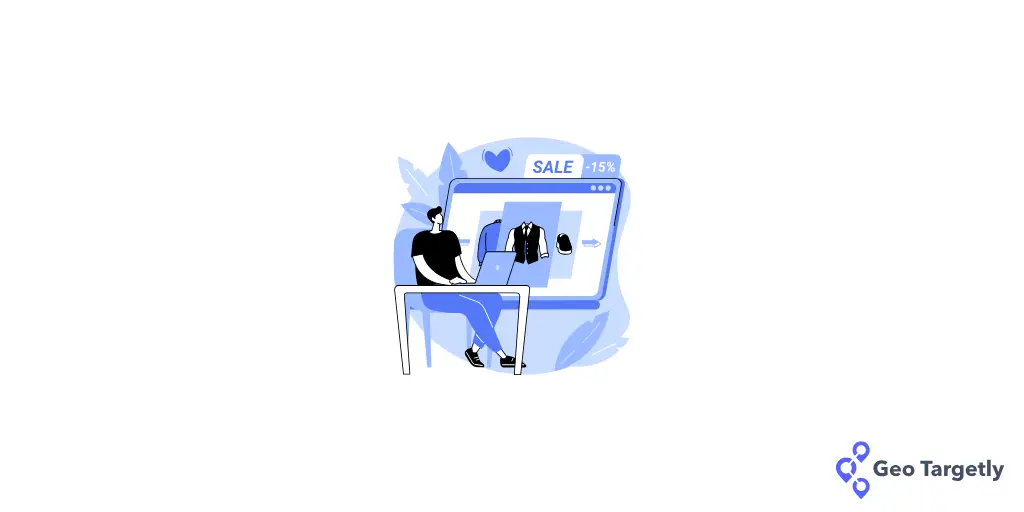



.webp)



